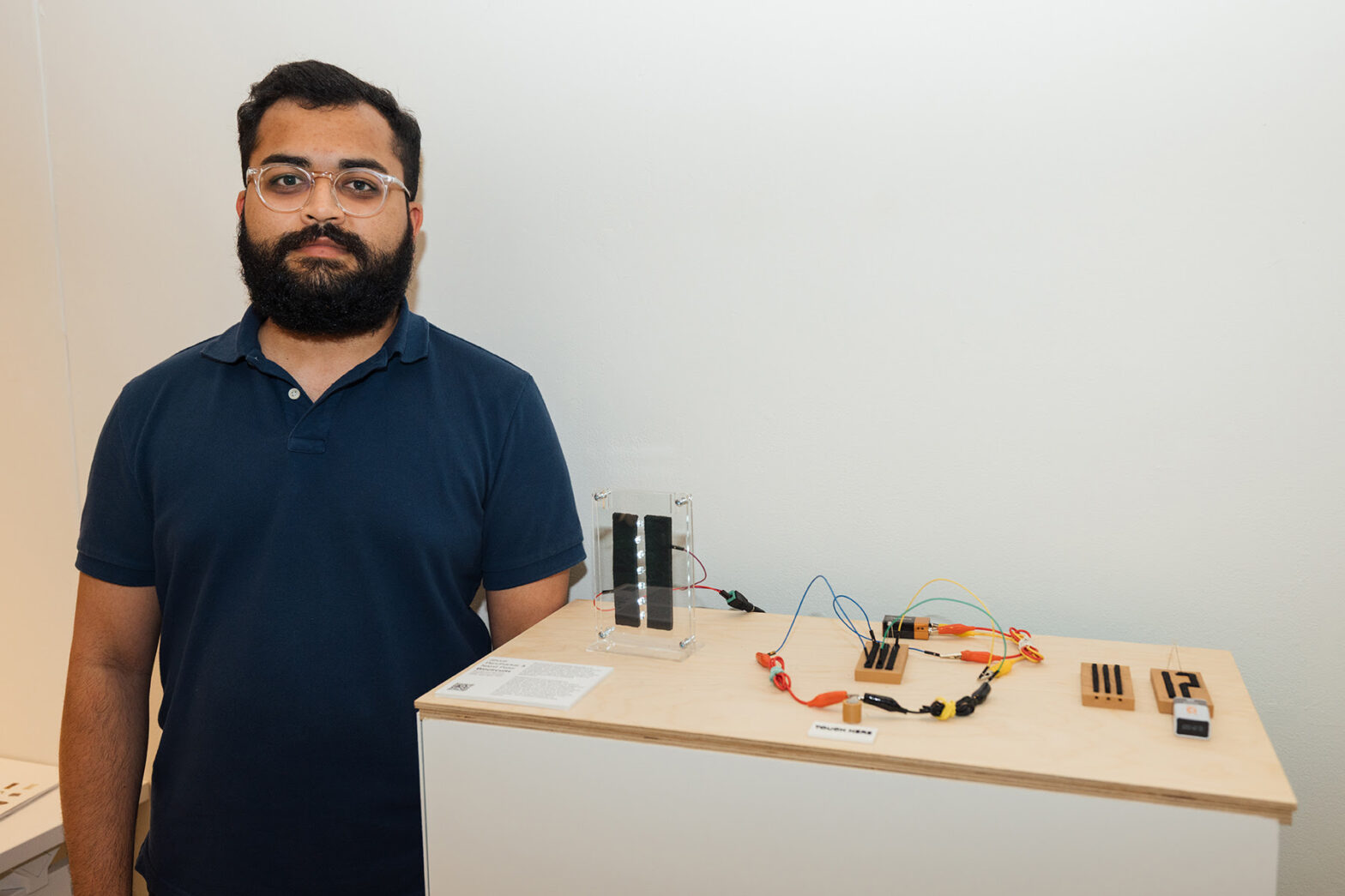With e-waste growing by millions of tons every year, innovators are looking for sustainable alternatives to everyday electronics.
Nainil Patel And Shruti pendharkarboth MID '25, have developed a biodegradable alternative to traditional circuit boards, which generally contain toxic, non-recyclable materials. Experimenting with production waste, the duo combined coconut and pistachio shells with agar-agar to create an organic material that can be molded into different shapes. While traditional circuit boards often end up in landfills, Biocircuits can be composted at the end of their life cycle, nourishing the soil and promoting plant growth.
Biocircuits received first place in Pratt's 2025 Material Lab Prize and received recognition from this year's jury for the iterative experiments that Patel and Pendharkar accurately documented and for the material's ability to adapt to new needs.
“I think the continued success of the project is due to the hard-working students who help organize it: Jo Barnett and Kelsey Kiantoro, both incredibly thoughtful and talented designers in their own right,” he said Jay LemireHead of Production/Laboratory and Materials Research at the School of Design. “Without their commitment and ingenuity, this year’s exhibition would not have been possible.”
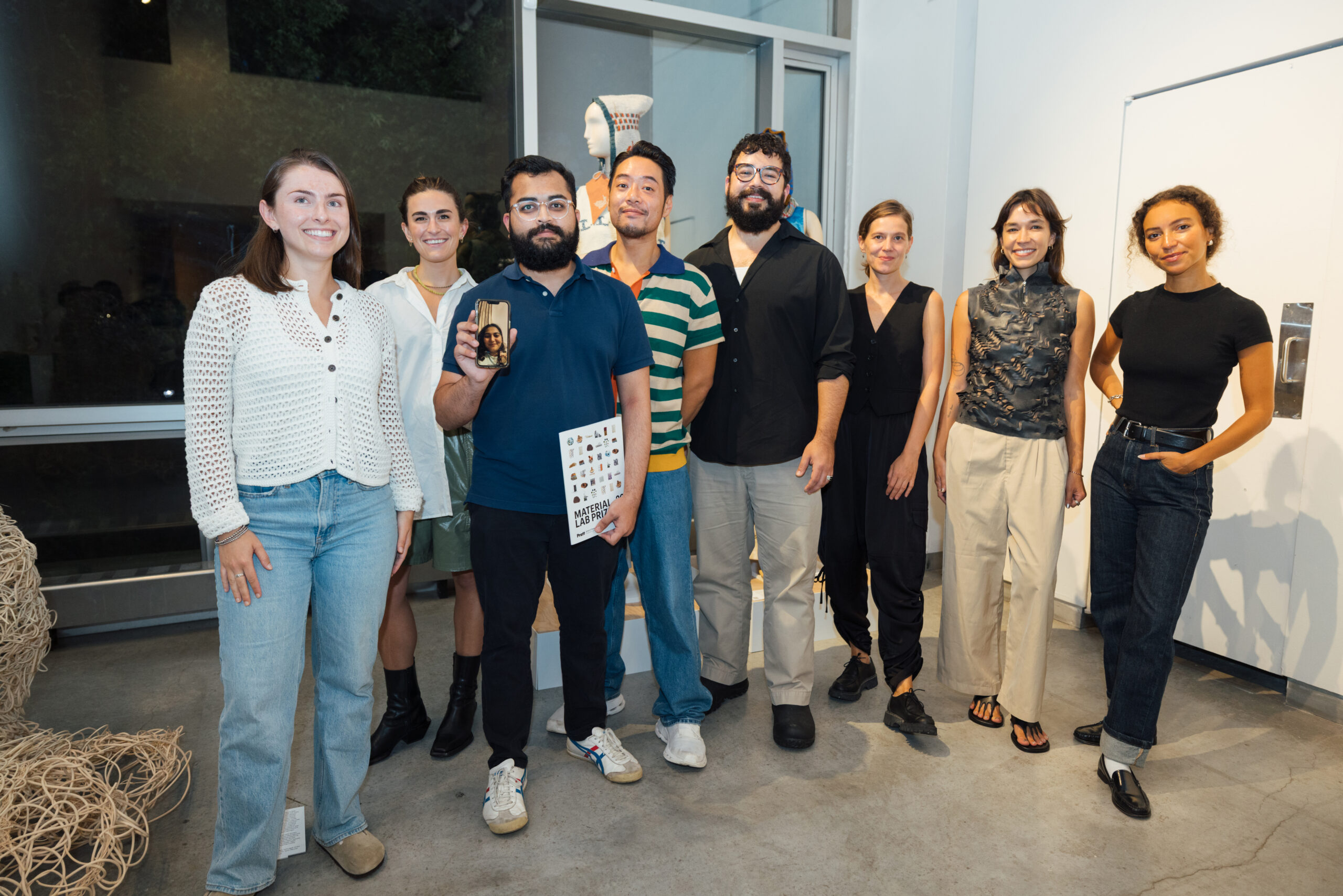
The Material Lab is a collaborative research center within the School of Design that houses more than 25,000 unique material samples for students to create speculative material palettes and hone their materials expertise. The laboratory offers programs designed to help students better understand the properties, composition, application and effects of materials. The annual Material Lab Prize was created to recognize and bring together interdisciplinary, materials-oriented student work with a focus on materials experiments.
This year's jury consisted of artist and chef Edward Cabral; architect and designer Kamilla Csegzi; object maker Heechan Kim; designer and environmental activist Lauryn Menard; and architect, designer and educator Kim Mupangilaï.
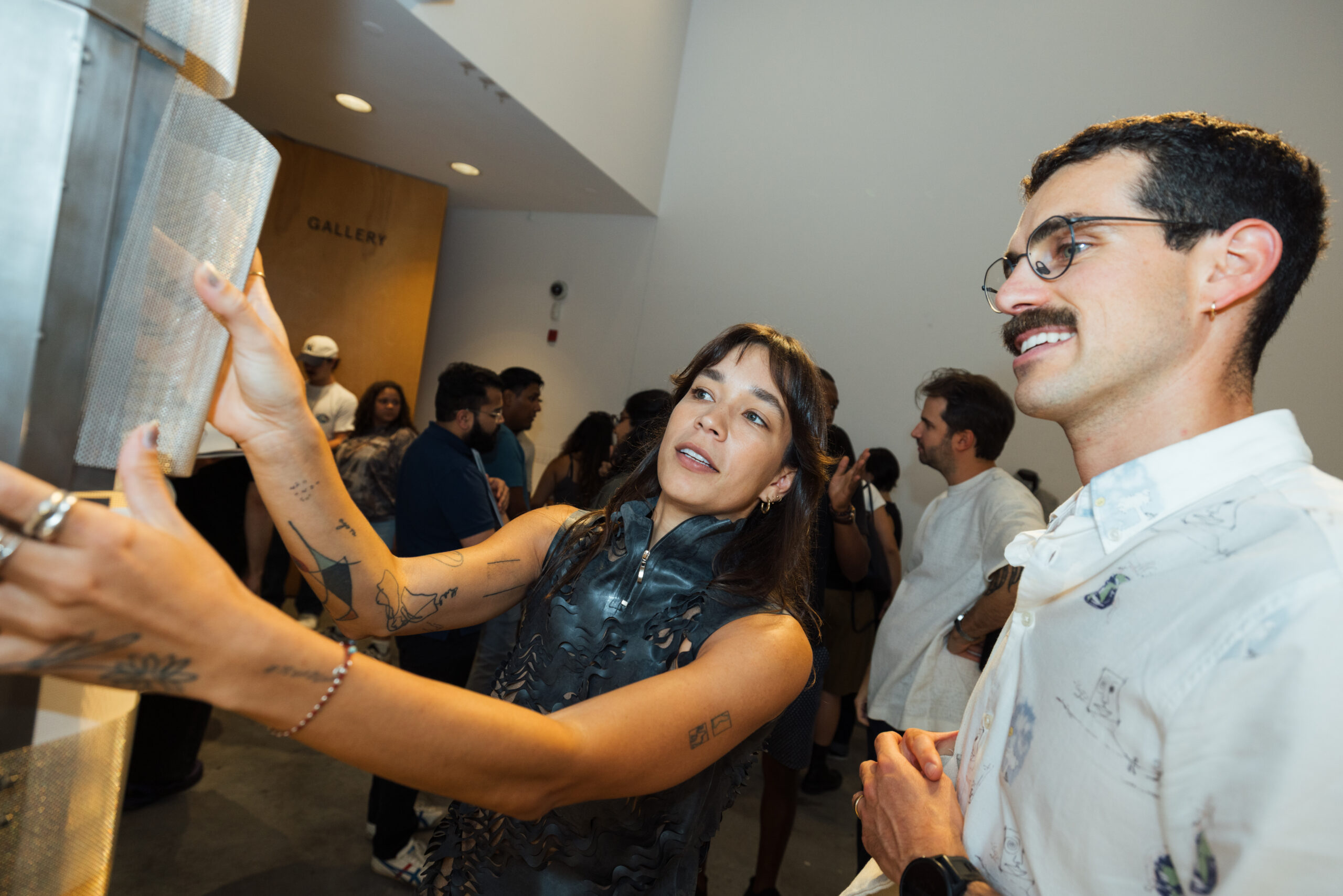
In addition to awarding a prize winner, the jury awarded two projects with honorable mentions. Magnetic dustfrom Gabriella MesstrinerMID '26, transforms steel dust – a byproduct of metal manufacturing – into handmade paper with subtle magnetic properties. Using material collected in Pratt's production laboratories and a blend of recycled pulp, the sheets develop rust-colored tones through natural oxidation, resulting in papers that are both flexible and durable. Judges praised the project for its playfulness and the sense of serendipity embedded in its discovery process.
The other honorable mention went to Alexandra BernardMIDDLE '26, for her project BioBeadswhich reimagines festival beads using biodegradable materials as a sustainable alternative to the single-use plastics common at events like Mardi Gras. Made from chitosan and agar, the colorful and durable beads mimic the look and feel of traditional versions but remain compostable at the end of their life. The project stood out for its complexity, creativity and appealing textures, offering a fun and imaginative solution with potential for further exploration.
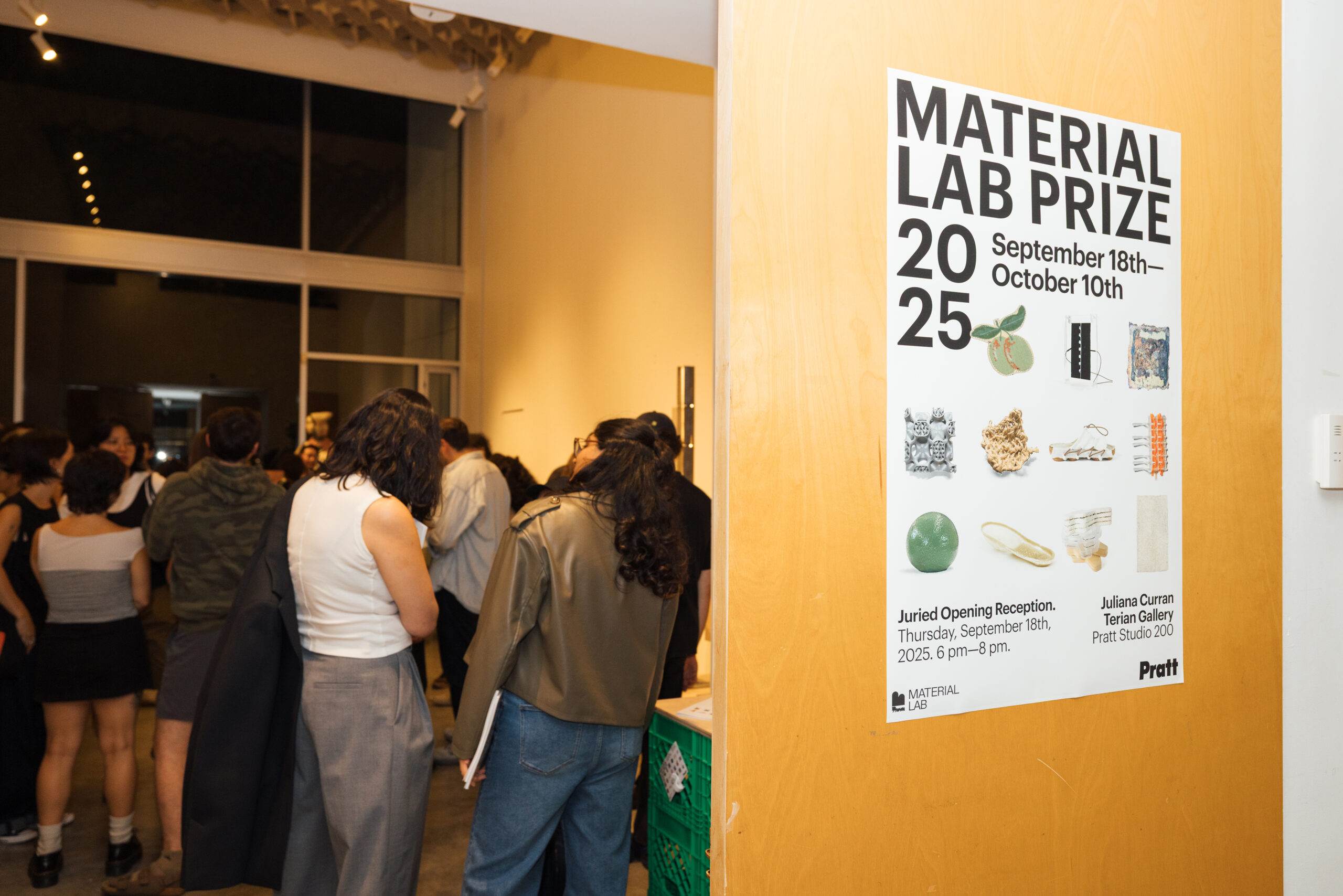
The opening reception for the Material Lab Prize 2025
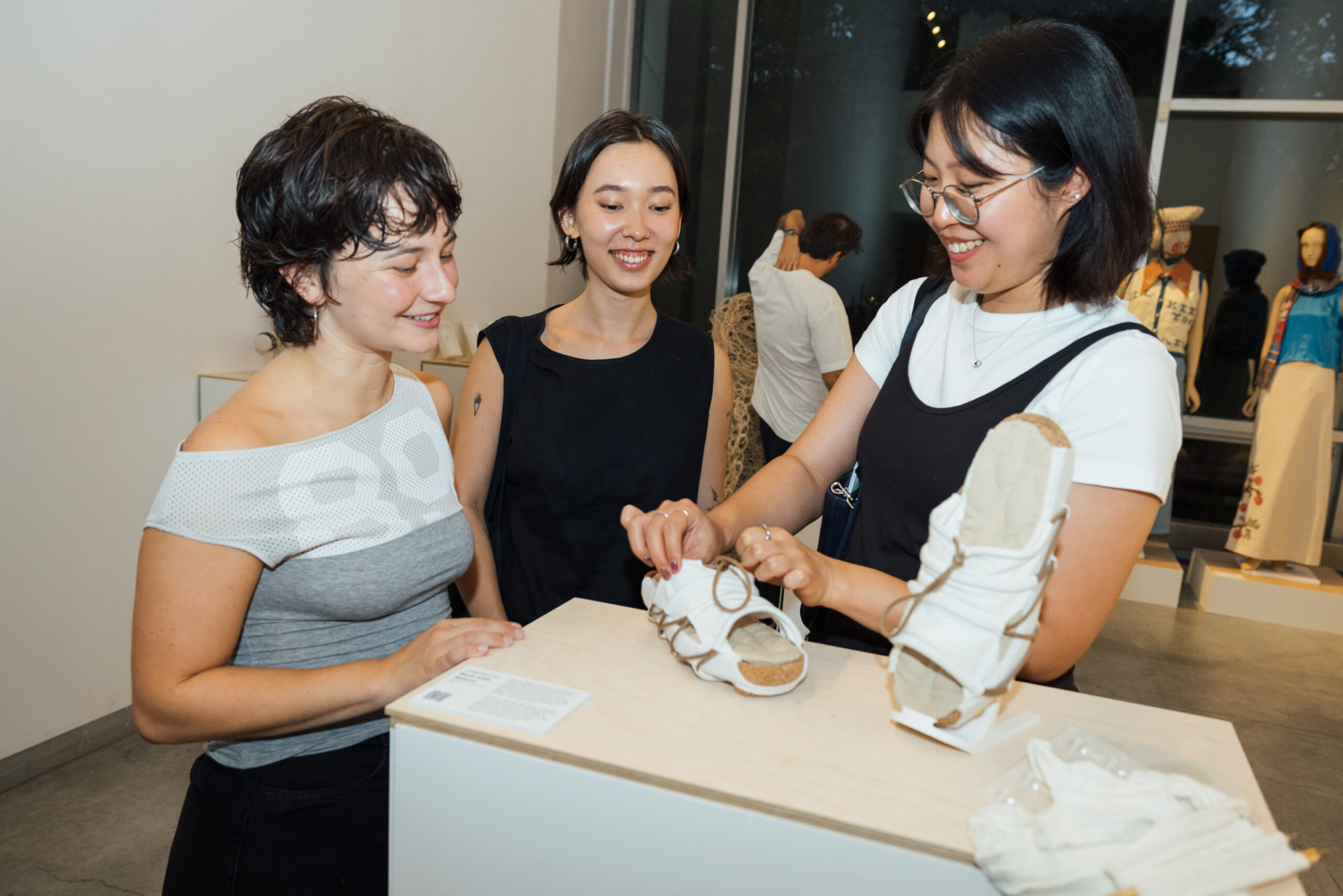
Visitors watch “Bare With Nature” by Chanbin Im, mid-2025
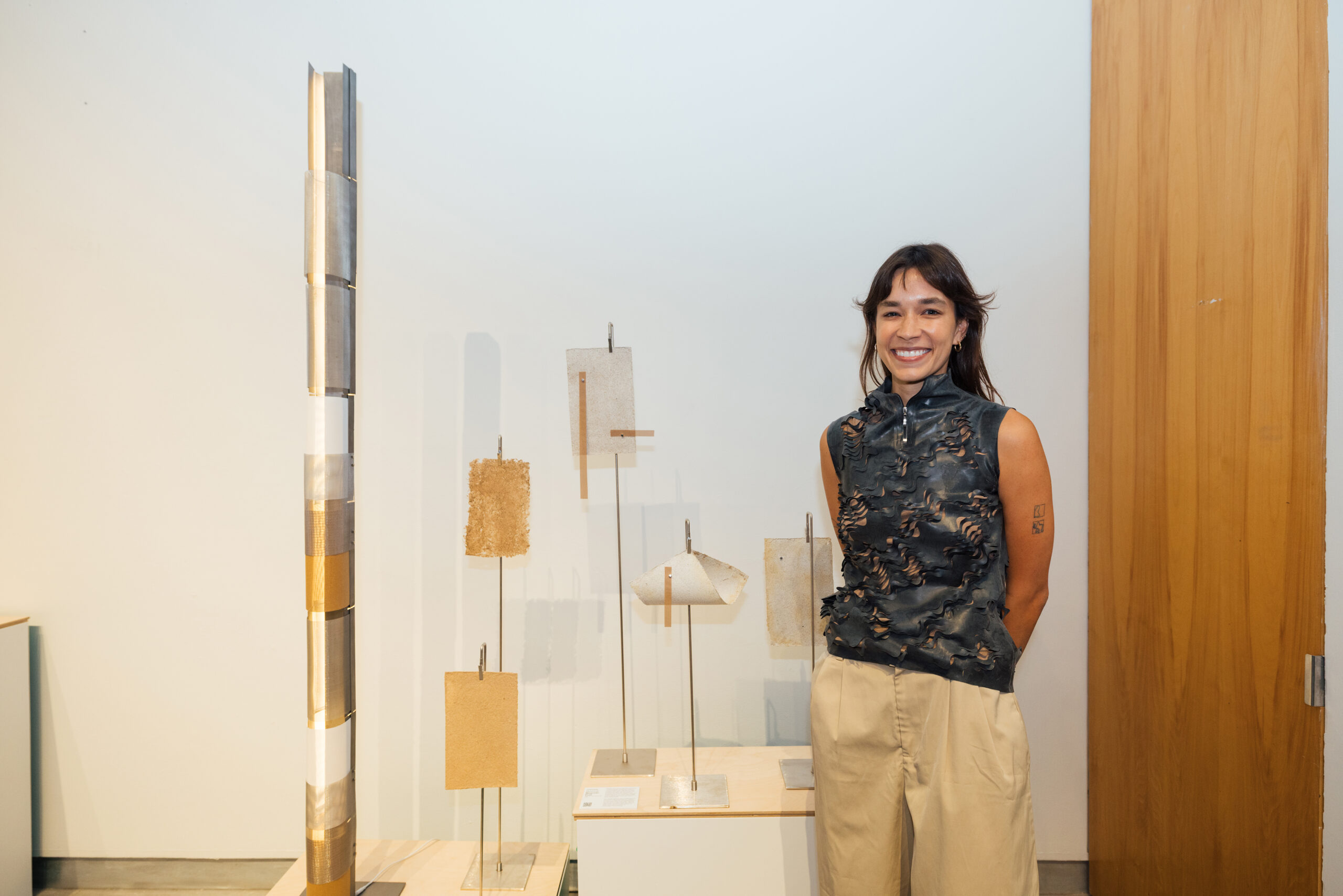
Gabriela Mestriner, MID '26, with her project Magnetic Dust
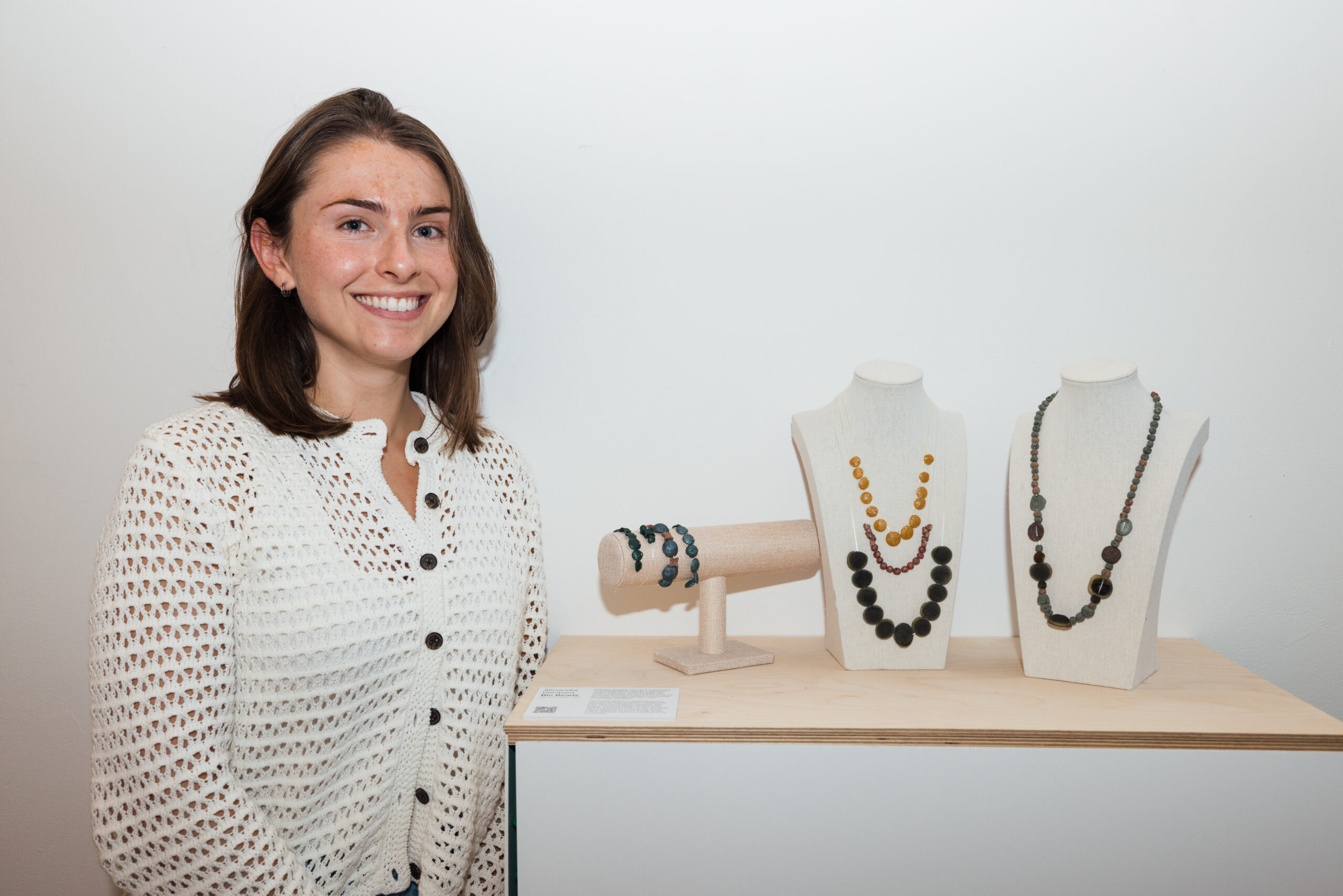
Alexandra Bernhard, MITTE '26, with her project BioBeads
